Search
Items tagged with: Stars

NASA’s SPHEREx Space Telescope Will Seek Life’s Ingredients - NASA
Where is all the water that may form oceans on distant planets and moons? The SPHEREx astrophysics mission will search the galaxy and take stock.Anthony Greicius (NASA)

Webb Maps Full Picture of How Phoenix Galaxy Cluster Forms Stars
Discovery proves decades-old theory of galaxy feeding cycle.NASA Webb Mission Team (NASA Science)

NASA Telescopes Deliver Stellar Bouquet in Time for Valentine's Day - NASA
A bouquet of thousands of stars in bloom has arrived. This composite image contains the deepest X-ray image ever made of the spectacular star forming regionNASA
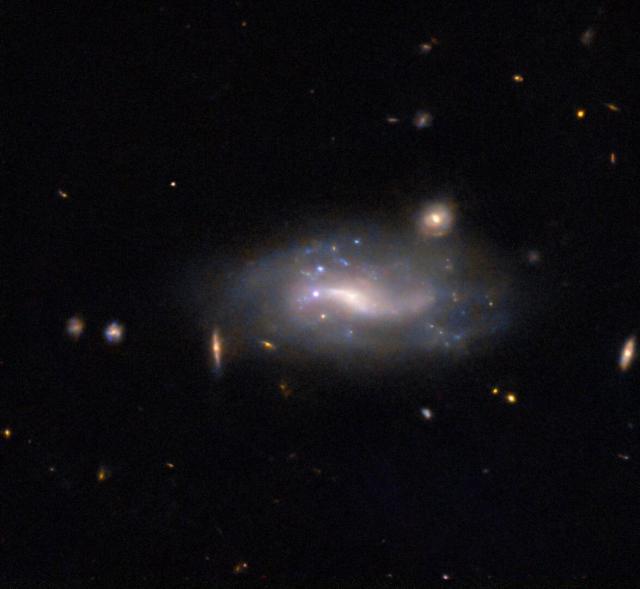
Hubble Goes Supernova Hunting
A supernova and its host galaxy are the subject of this NASA/ESA Hubble Space Telescope image. The galaxy in question is LEDA 132905 in the constellationNASA Hubble Mission Team (NASA Science)
6 Things to Know About SPHEREx, NASA’s Newest Space Telescope - NASA
Shaped like a megaphone, the upcoming mission will map the entire sky in infrared light to answer big questions about the universe.Anthony Greicius (NASA)

Hubble Spots a Supernova
The subject of this NASA/ESA Hubble Space Telescope image is a supernova-hosting galaxy located about 600 million light-years away in the constellationNASA Hubble Mission Team (NASA Science)
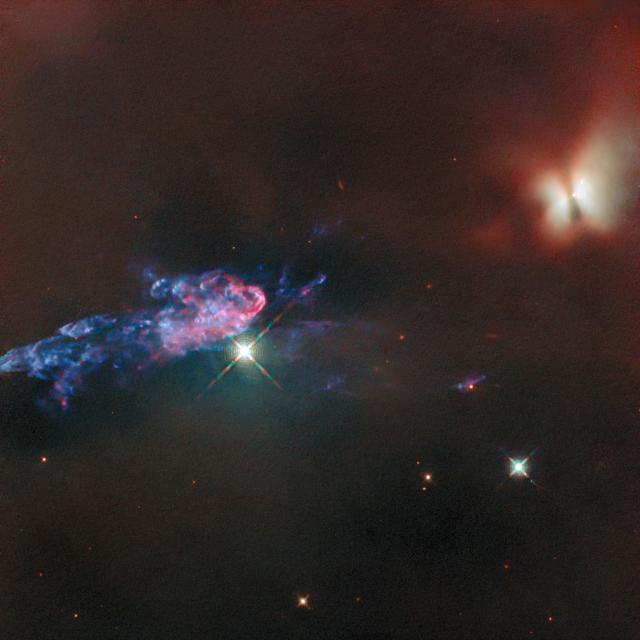
Hubble Captures Young Stars Changing Their Environments - NASA Science
This NASA/ESA Hubble Space Telescope image peers into the dusty recesses of the nearest massive star-forming region to Earth, the Orion Nebula (Messier 42, M42).science.nasa.gov
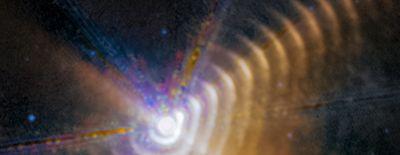
Webb Watches Carbon-Rich Dust Shells Form, Expand in Star System - NASA Science
Astronomers have long tried to track down how elements like carbon, which is essential for life, become widely distributed across the universe.science.nasa.gov
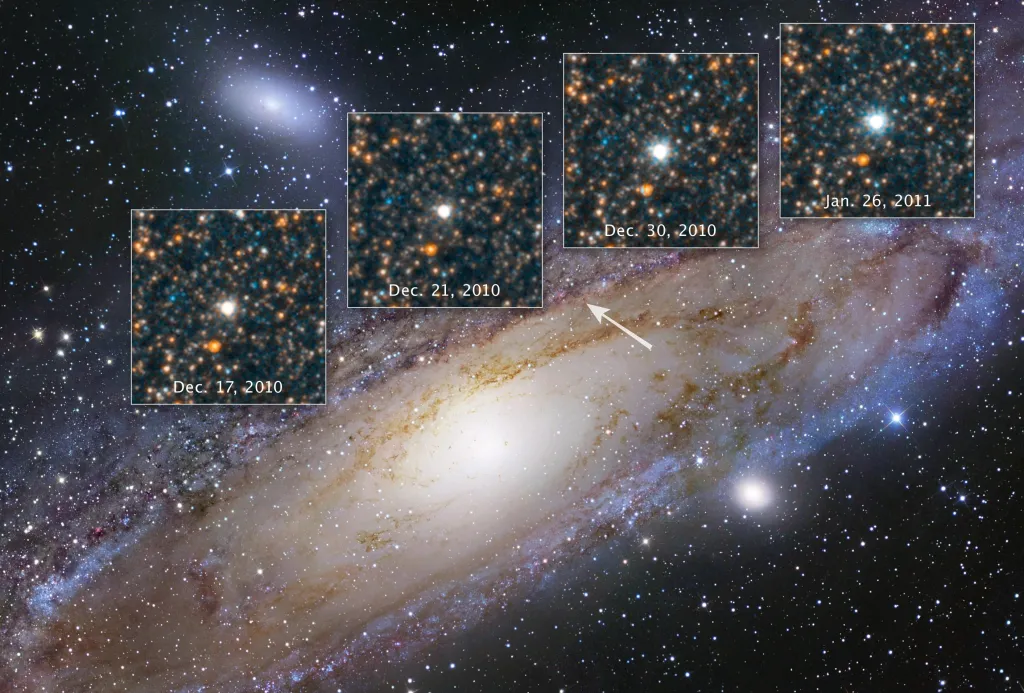
NASA Celebrates Edwin Hubble's Discovery of a New Universe - NASA Science
For humans, the most important star in the universe is our Sun. The second-most important star is nestled inside the Andromeda galaxy. Don’t go looking for it — the flickering star is 2.science.nasa.gov
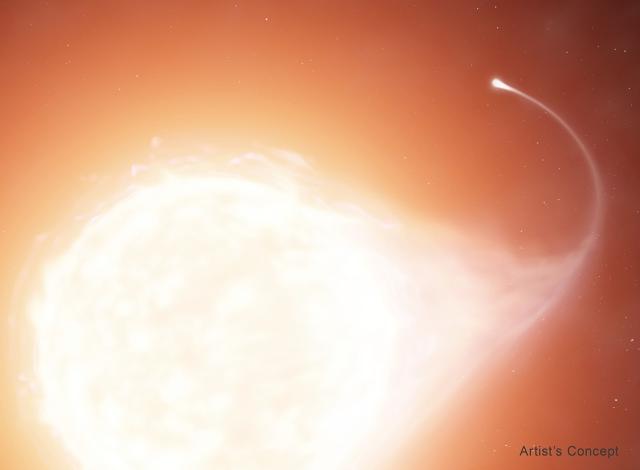
NASA's Hubble Tracks Down a 'Blue Lurker' Among Stars - NASA Science
The name “blue lurker” might sound like a villainous character from a superhero movie. But it is a rare class of star that NASA’s Hubble Space Telescope explored by looking deeply into the open star cluster M67, roughly 2,800 light-years away.science.nasa.gov
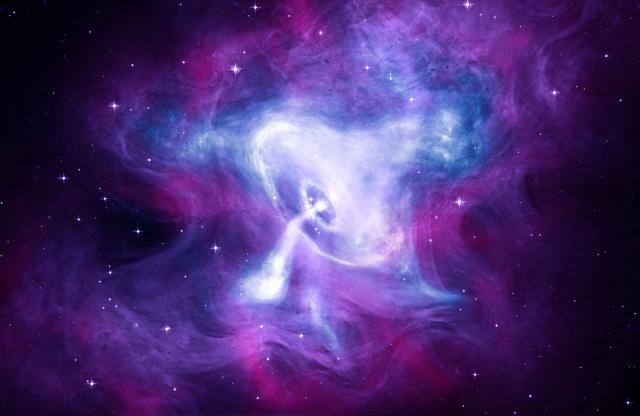
NASA Open Science Reveals Sounds of Space - NASA Science
A team from NASA's Chandra X-ray Observatory converts NASA space data to sound, creating sonifications for more accessible science discovery.science.nasa.gov

NASA Missions Spot Cosmic 'Wreath' Displaying Stellar Circle of Life - NASA
Since antiquity, wreaths have symbolized the cycle of life, death, and rebirth. It is fitting then that one of the best places for astronomers to learn more about the stellar lifecycle resembles a giant holiday wreath itself.NASA
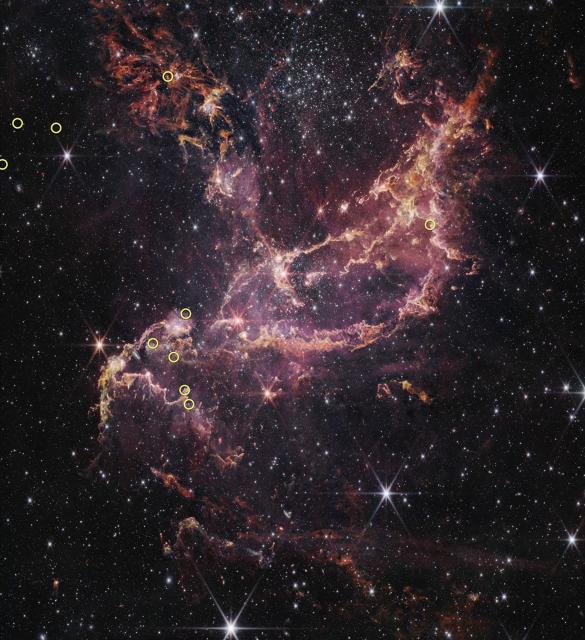
NASA’s Webb Finds Planet-Forming Disks Lived Longer in Early Universe - NASA Science
NASA’s James Webb Space Telescope just solved a conundrum by proving a controversial finding made with the agency’s Hubble Space Telescope more than 20 years ago.science.nasa.gov
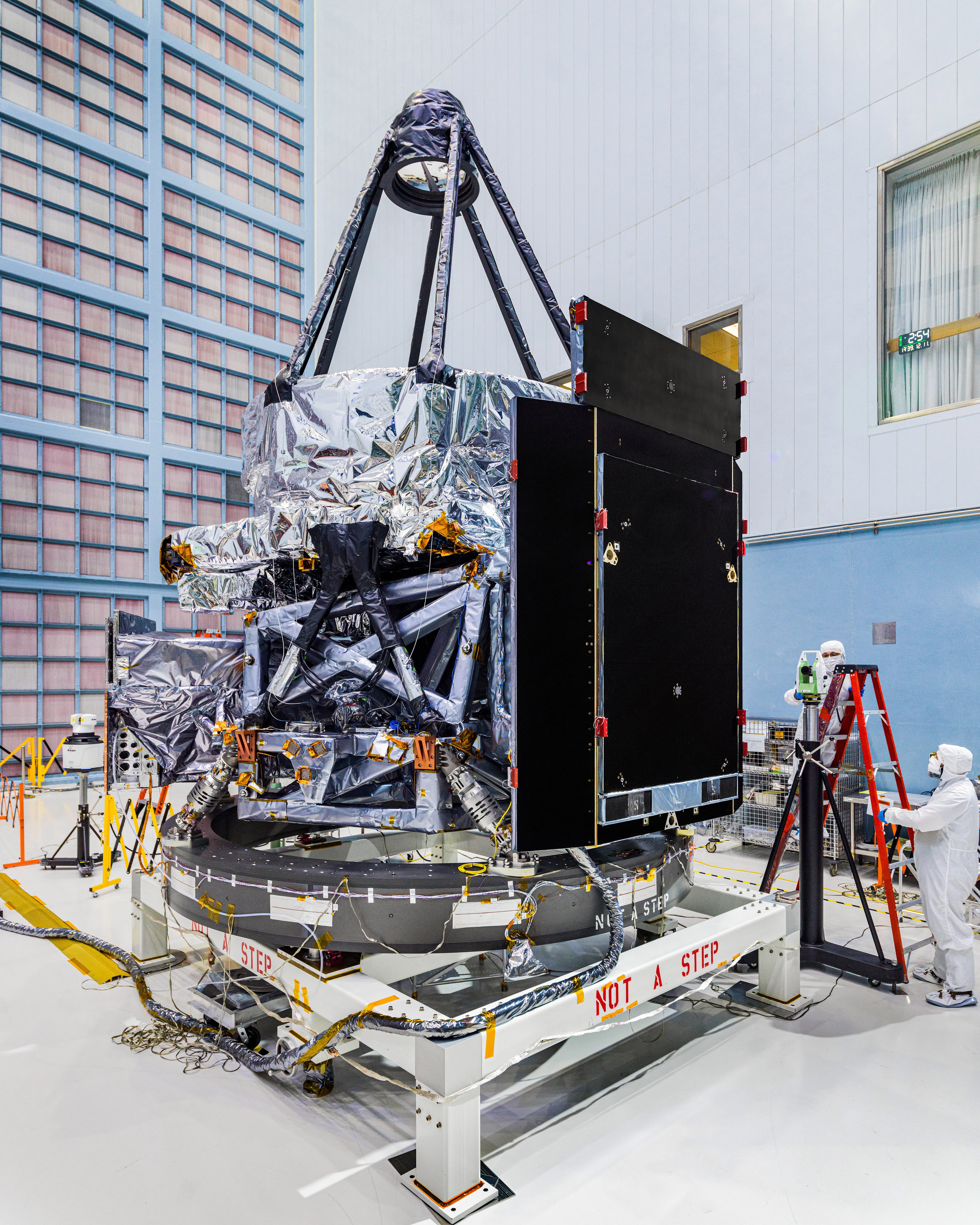
NASA Successfully Integrates Roman Mission’s Telescope, Instruments - NASA
NASA’s Nancy Grace Roman Space Telescope team has successfully integrated the mission’s telescope and two instruments onto the instrument carrier, marking theAshley Balzer (NASA)
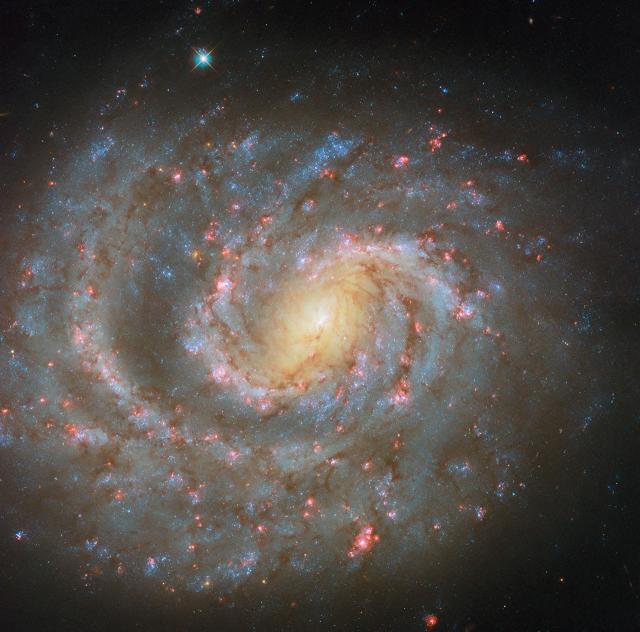
Hubble Spots a Spiral in the Celestial River - NASA Science
The subject of this NASA/ESA Hubble Space Telescope image is NGC 1637, a spiral galaxy located 38 million light-years from Earth in the constellation Eridanus, the River.science.nasa.gov
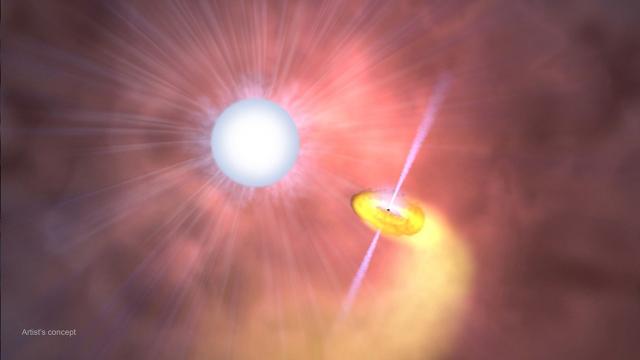
NASA, JAXA XRISM Mission Looks Deeply Into ‘Hidden’ Stellar System - NASA Science
The Japan-led XRISM (X-ray Imaging and Spectroscopy Mission) observatory has captured the most detailed portrait yet of gases flowing within Cygnus X-3, one of the most studied sources in the X-ray sky.science.nasa.gov
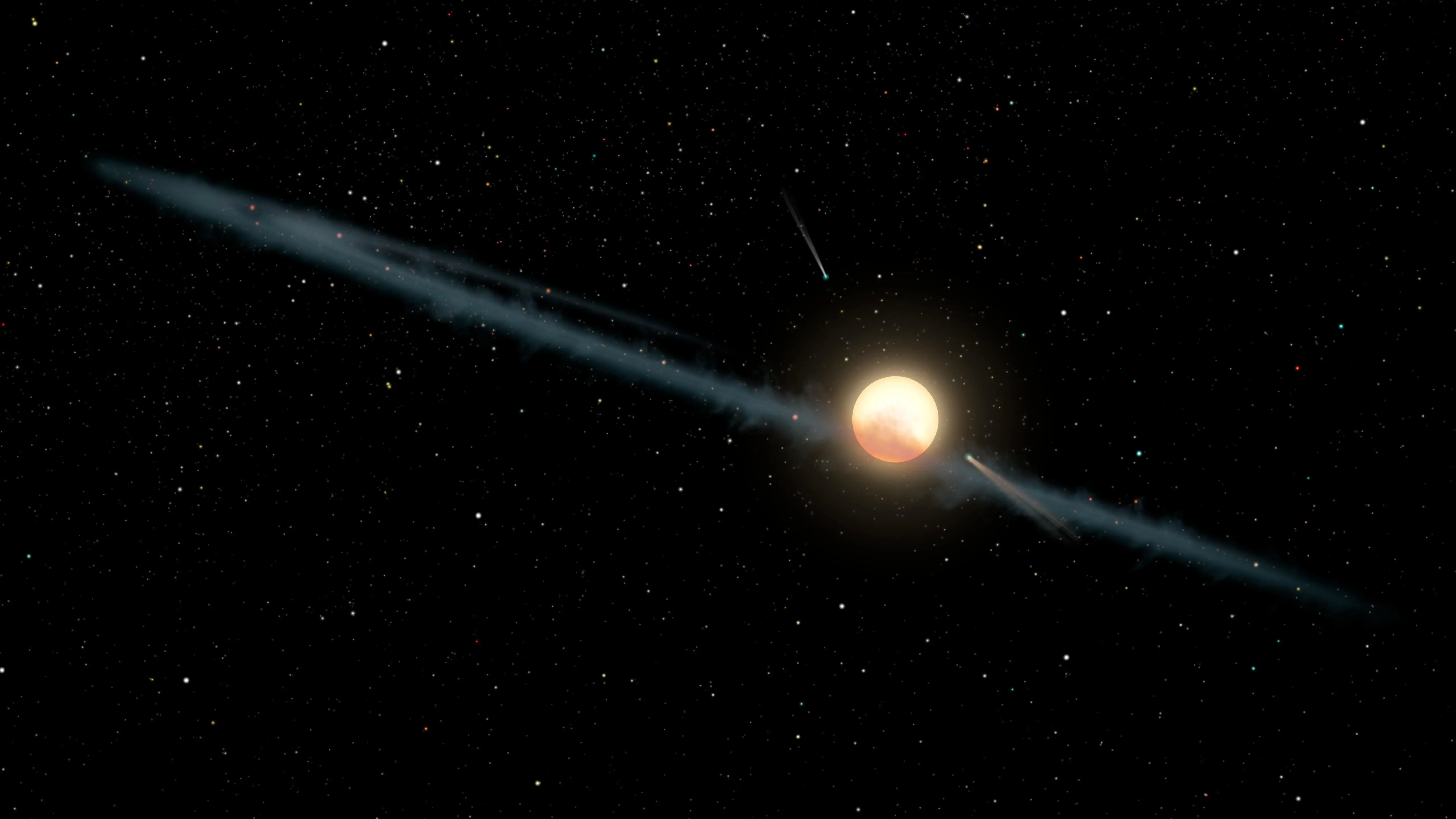
Ring Around Tabby’s Star - NASA
This Oct. 4, 2017, illustration shows a hypothetical uneven ring of dust orbiting KIC 8462852, also known as Boyajian's Star or Tabby's Star. The star hasNASA

NASA's Hubble Finds Sizzling Details About Young Star FU Orionis - NASA Science
In 1936, astronomers saw a puzzling event in the constellation Orion: the young star FU Orionis (FU Ori) became a hundred times brighter in a matter of months. At its peak, FU Ori was intrinsically 100 times brighter than our Sun.science.nasa.gov
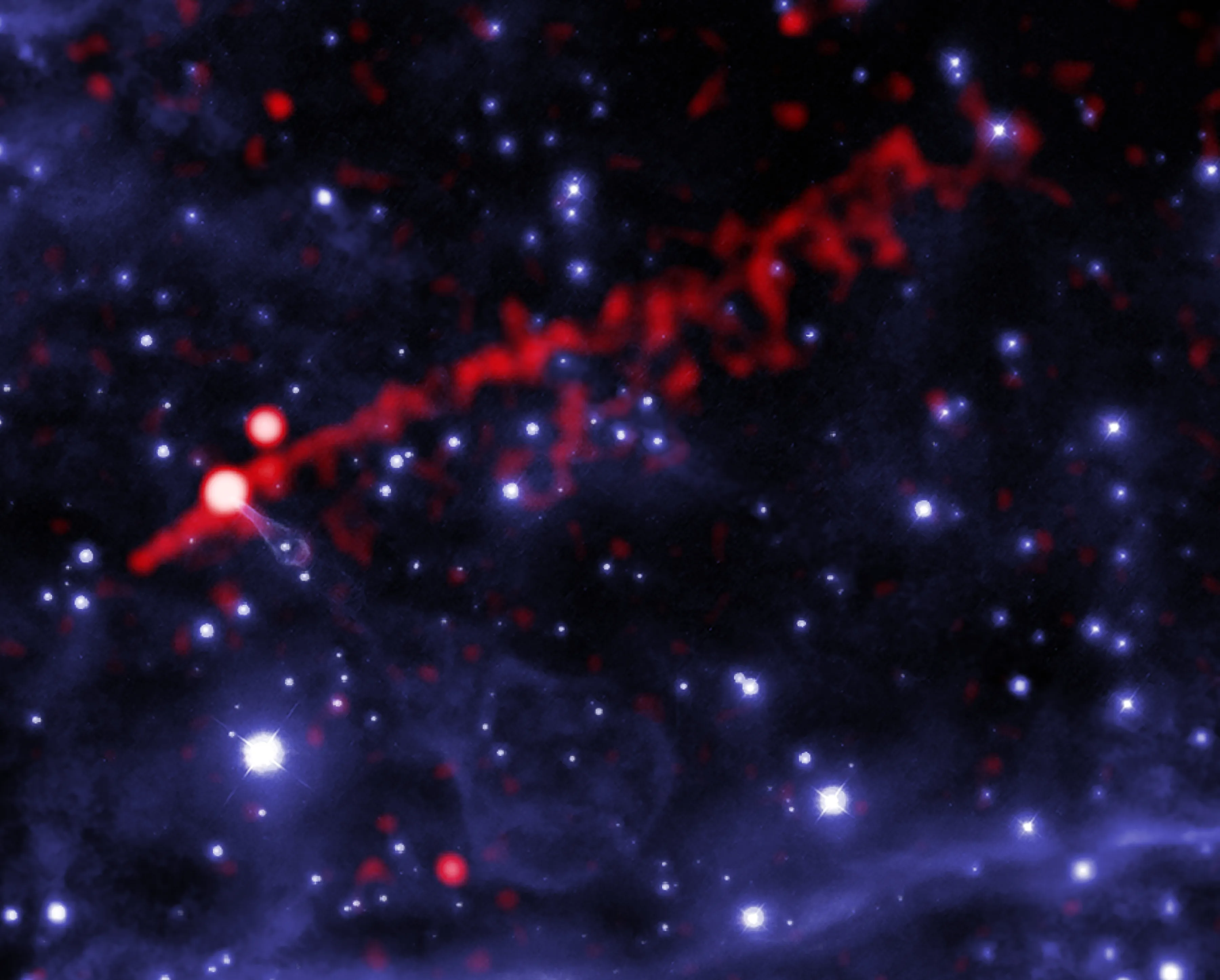
NASA's Chandra, Hubble Tune Into 'Flame-Throwing' Guitar Nebula - NASA
Normally found only in heavy metal bands or certain post-apocalyptic films, a “flame-throwing guitar” has now been spotted moving through space. AstronomersLee Mohon (NASA)

NASA's Chandra, Hubble Tune Into 'Flame-Throwing' Guitar Nebula - NASA
Normally found only in heavy metal bands or certain post-apocalyptic films, a “flame-throwing guitar” has now been spotted moving through space. AstronomersLee Mohon (NASA)
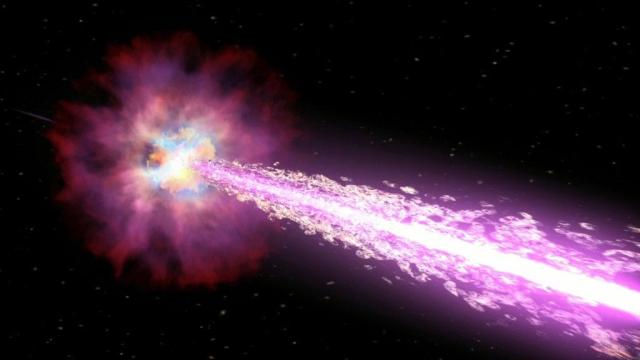
5 Surprising NASA Heliophysics Discoveries Not Related to the Sun - NASA Science
With NASA’s fleet of heliophysics spacecraft, scientists monitor our Sun and investigate its influences throughout the solar system.science.nasa.gov
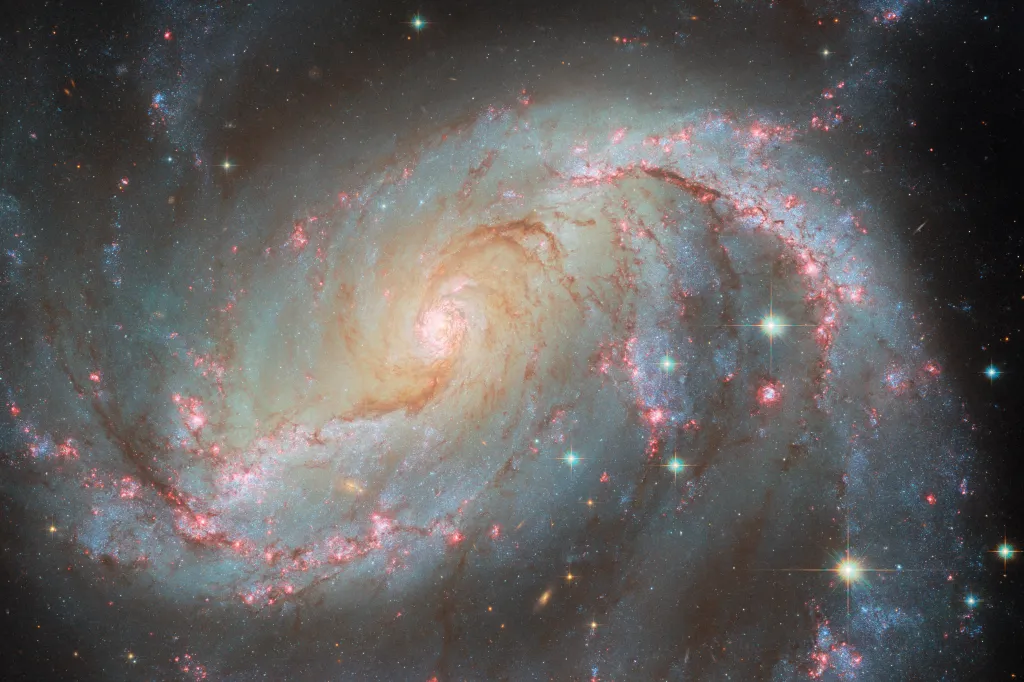
Hubble Captures a Galaxy with Many Lights - NASA Science
This NASA/ESA Hubble Space Telescope image features NGC 1672, a barred spiral galaxy located 49 million light-years from Earth in the constellation Dorado.science.nasa.gov
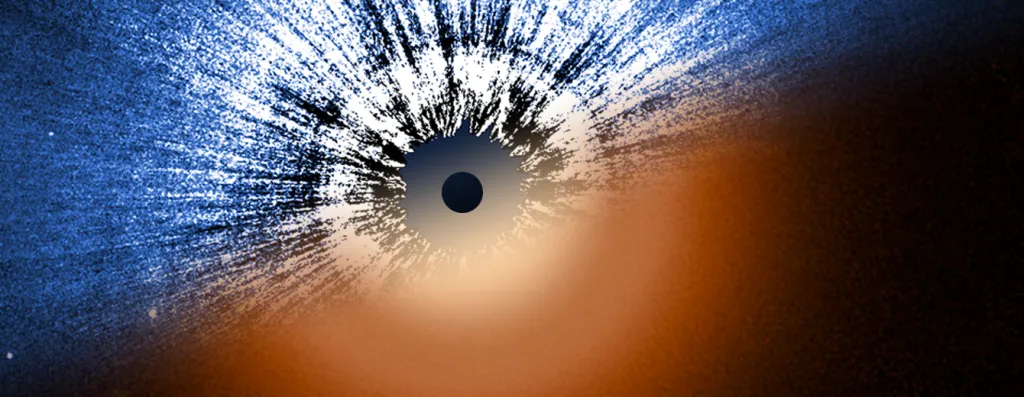
NASA's Hubble, Webb Probe Surprisingly Smooth Disk Around Vega - NASA Science
In the 1997 movie “Contact,” adapted from Carl Sagan’s 1985 novel, the lead character scientist Ellie Arroway (played by actor Jodi Foster) takes a space-alien-built wormhole ride to the star Vega.science.nasa.gov
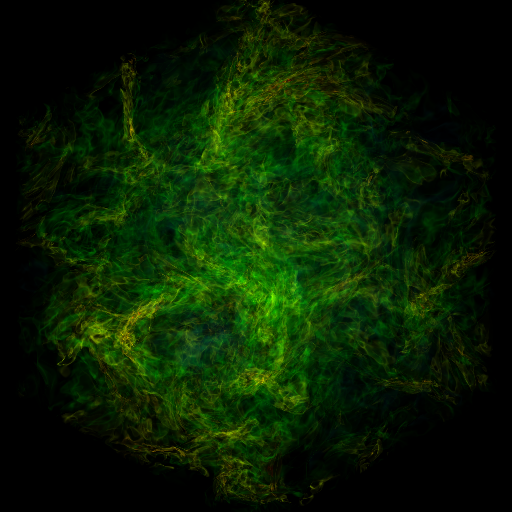
Buckle Up: NASA-Funded Study Explores Turbulence in Molecular Clouds - NASA Science
On an airplane, motions of the air on both small and large scales contribute to turbulence, which may result in a bumpy flight. Turbulence on a much larger scale is important to how stars form in giant molecular clouds that permeate the Milky Way.science.nasa.gov
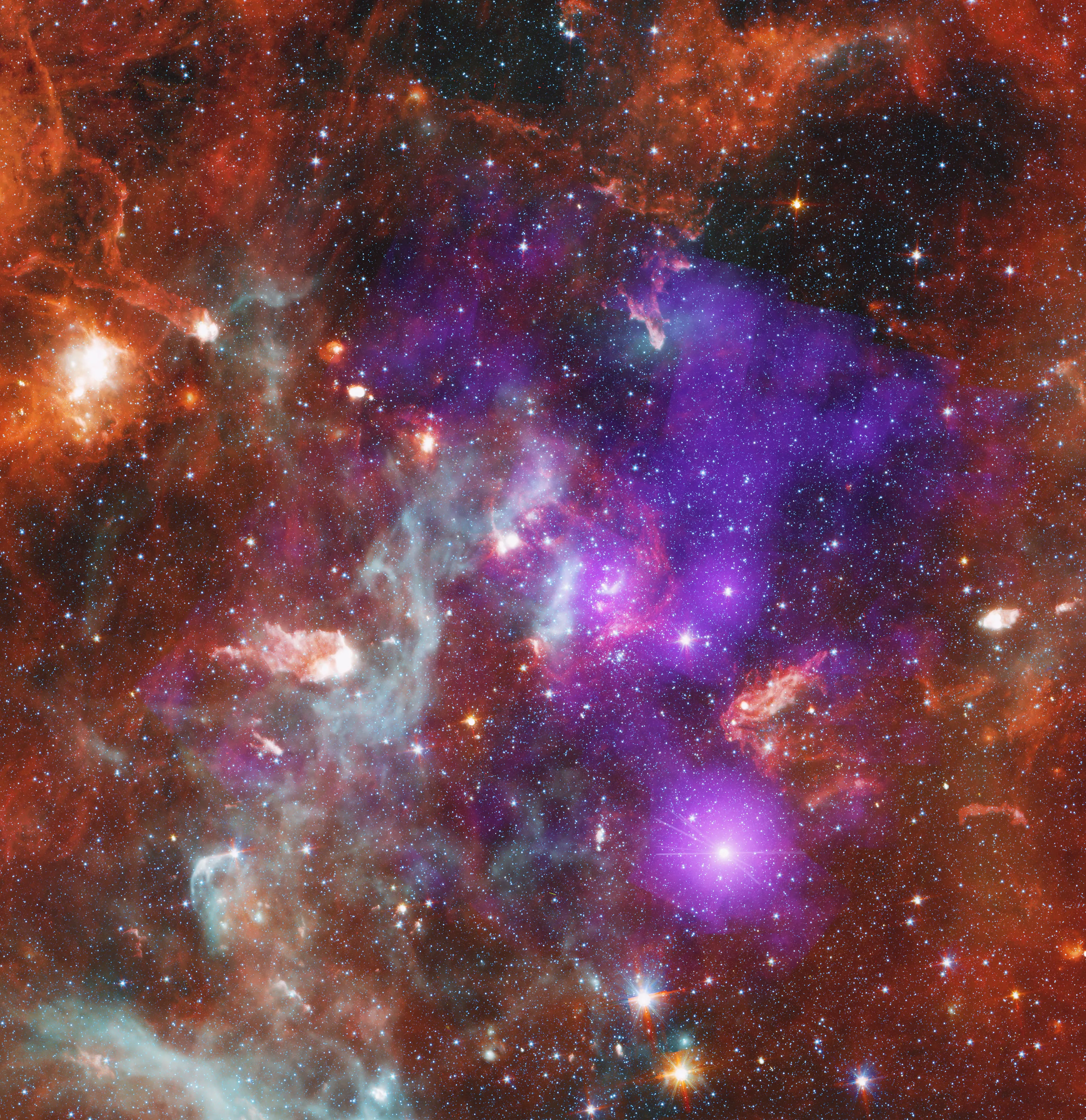
Planets Beware: NASA Unburies Danger Zones of Star Cluster - NASA
Most stars form in star clusters that include very massive stars. These stars send out large amounts of radiation, which can disrupt coalescing new planets.NASA
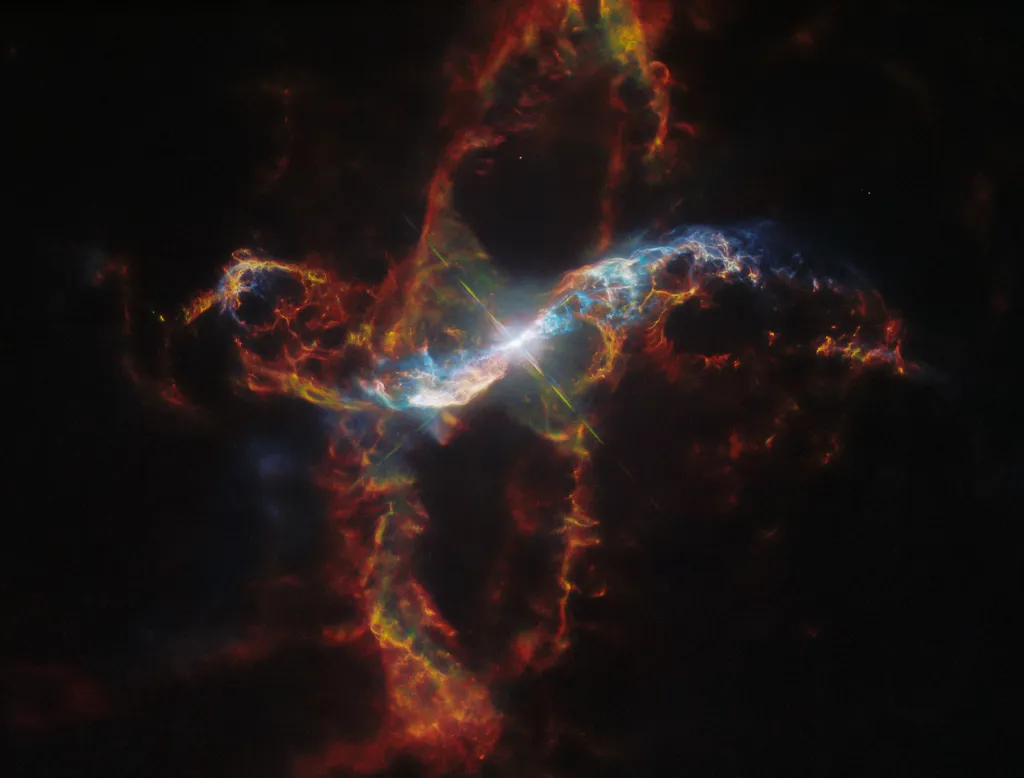
NASA's Hubble Sees a Stellar Volcano - NASA Science
NASA’s Hubble Space Telescope has provided a dramatic and colorful close-up look at one of the most rambunctious stars in our galaxy, weaving a huge spiral pattern among the stars.science.nasa.gov
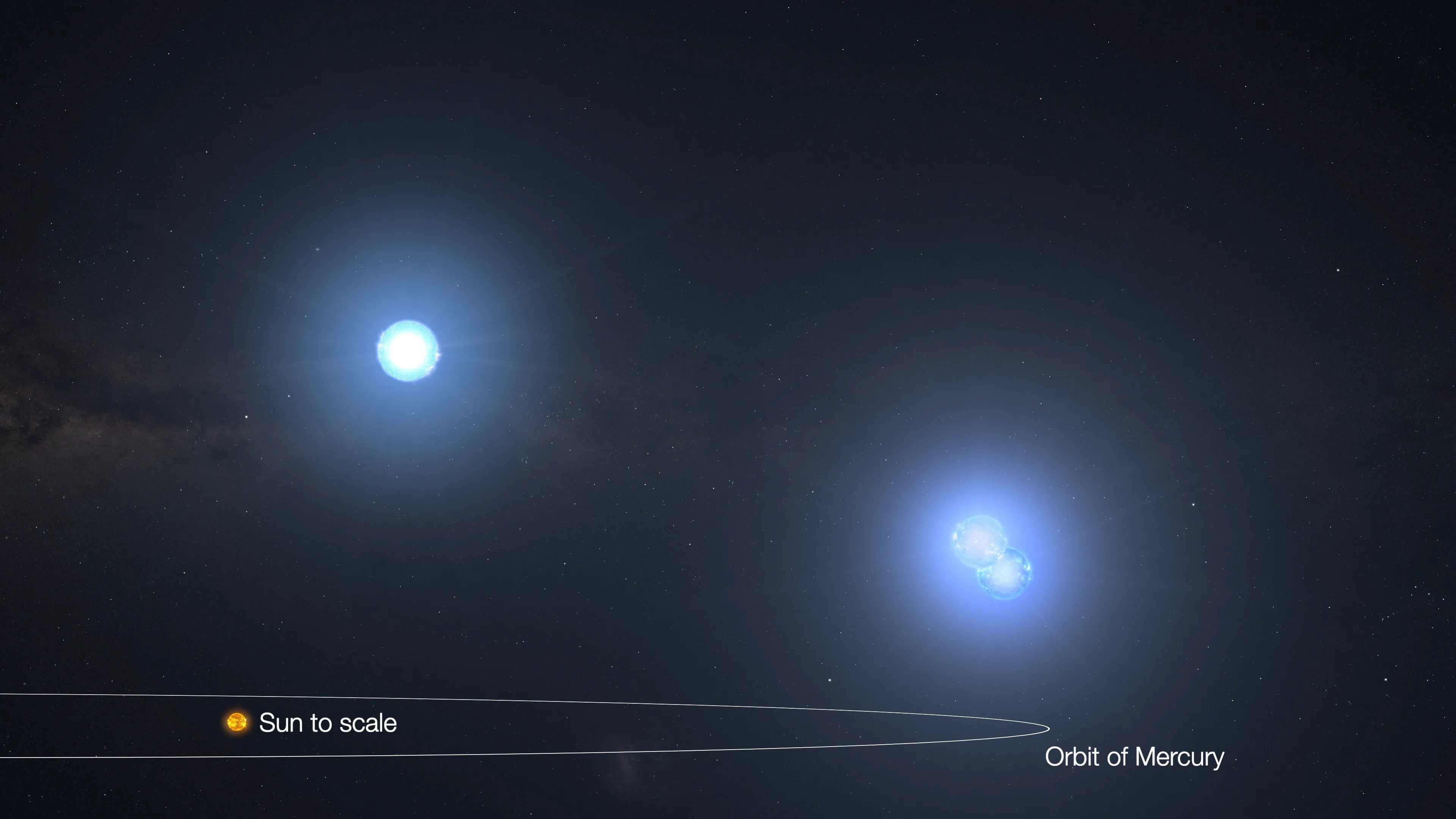
NASA’s TESS Spots Record-Breaking Stellar Triplets - NASA
Professional and amateur astronomers teamed up with artificial intelligence to find an unmatched stellar trio called TIC 290061484, thanks to cosmic “strobeAshley Balzer (NASA)
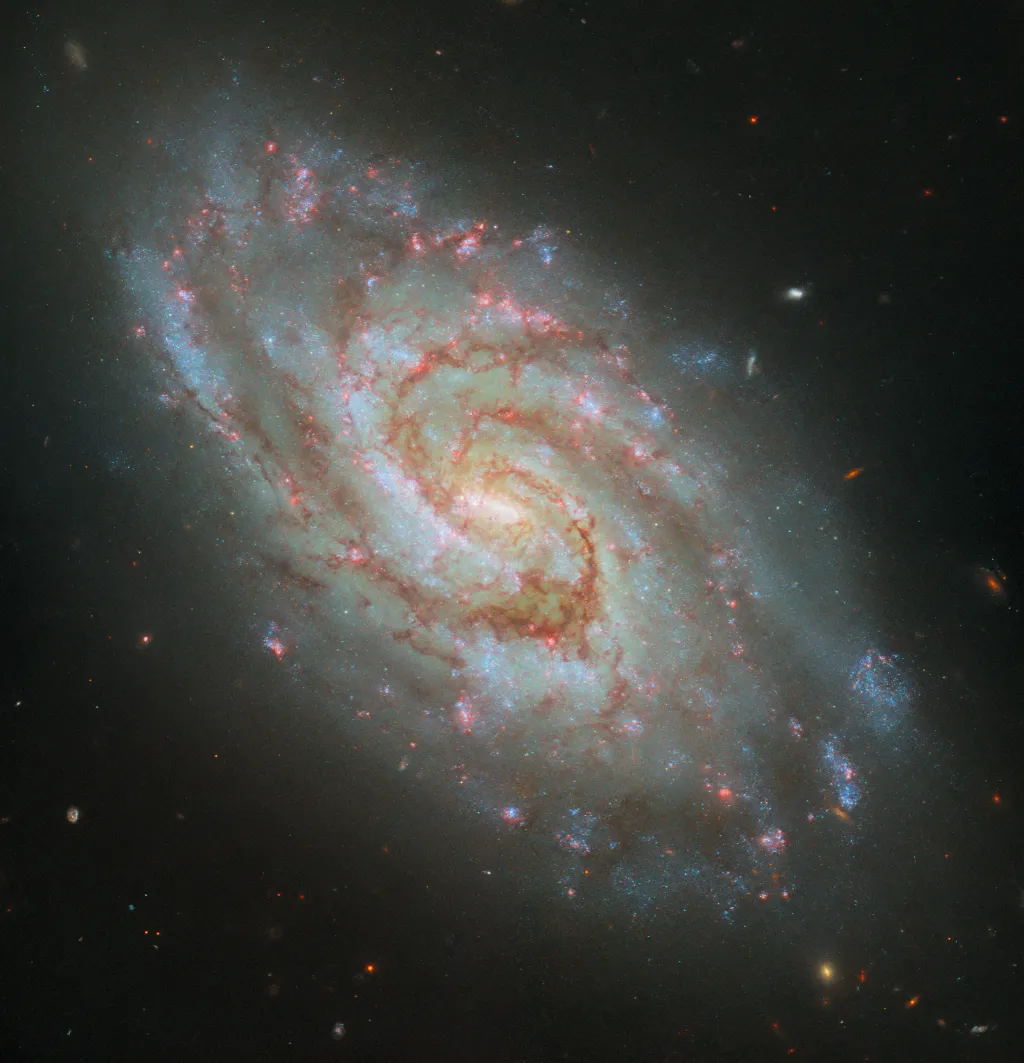
Hubble Captures Stellar Nurseries in a Majestic Spiral - NASA Science
This image from the NASA/ESA Hubble Space Telescope features the spiral galaxy IC 1954, located 45 million light-years from Earth in the constellation Horologium.science.nasa.gov
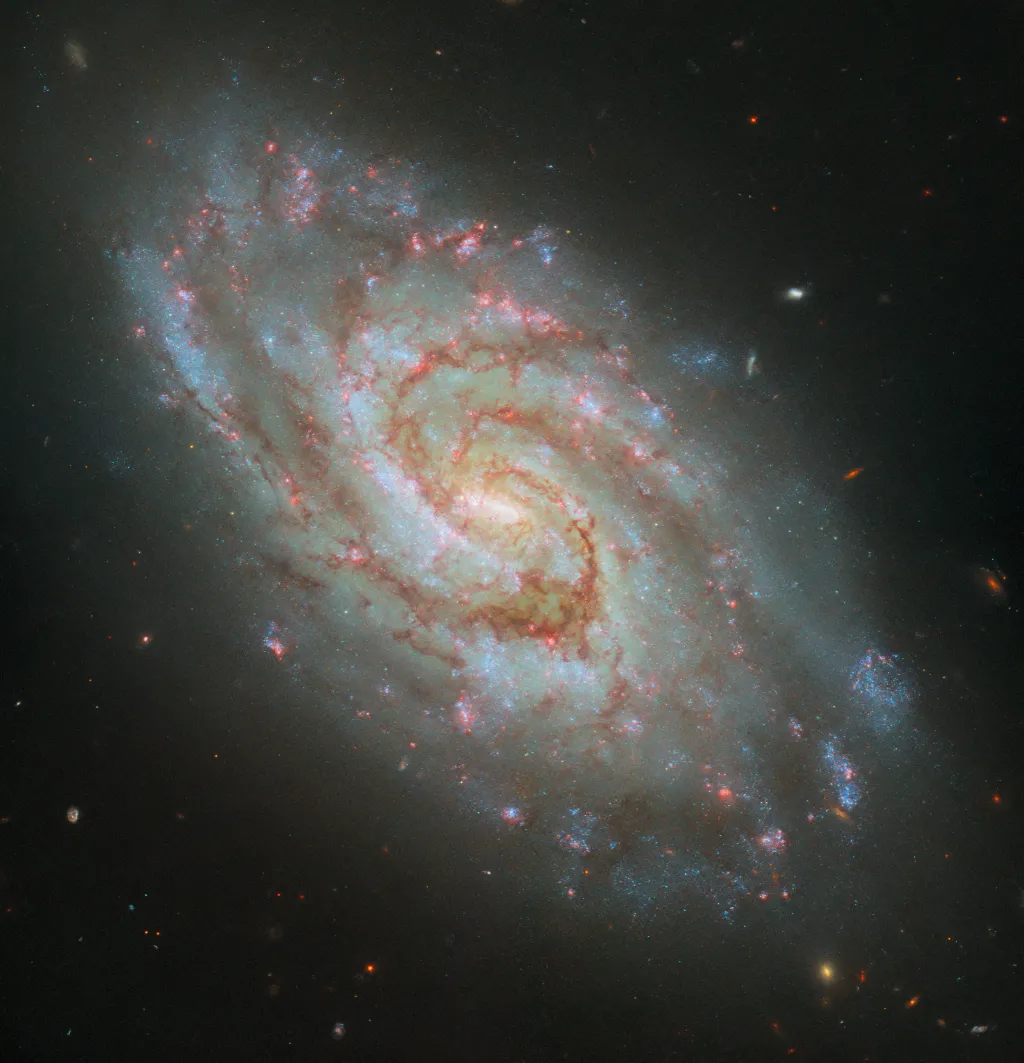
Hubble Captures Steller Nurseries in a Majestic Spiral - NASA Science
This image from the NASA/ESA Hubble Space Telescope features the spiral galaxy IC 1954, located 45 million light-years from Earth in the constellation Horologium.science.nasa.gov
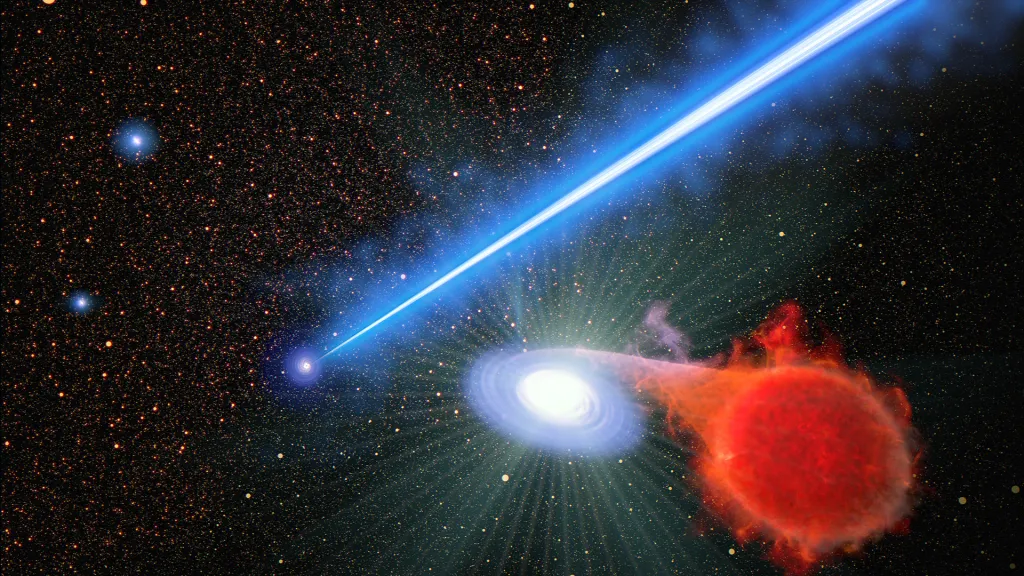
NASA's Hubble Finds that a Black Hole Beam Promotes Stellar Eruptions - NASA Science
In a surprise finding, astronomers using NASA’s Hubble Space Telescope have discovered that the blowtorch-like jet from a supermassive black hole at the core of a huge galaxy seems to cause stars to erupt along its trajectory.science.nasa.gov
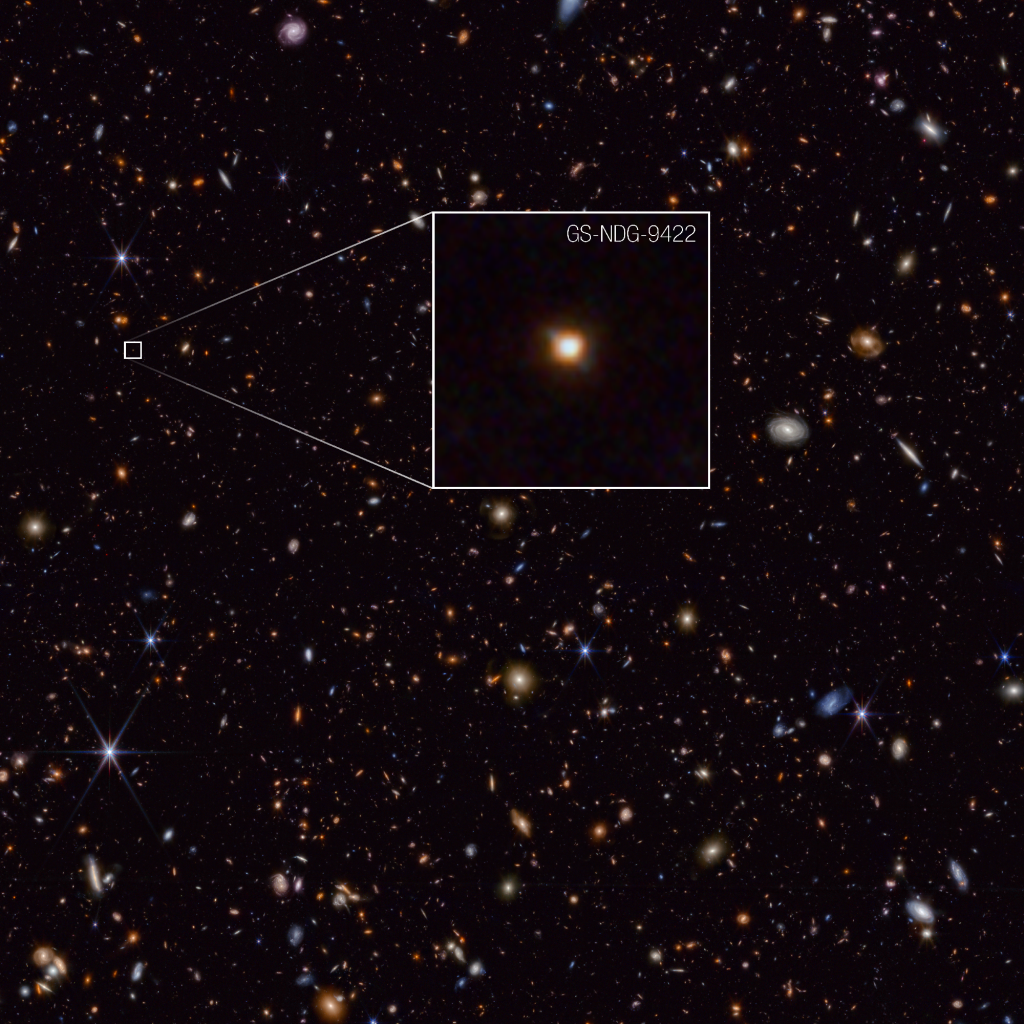
In Odd Galaxy, NASA’s Webb Finds Potential Missing Link to First Stars - NASA Science
Looking deep into the early universe with NASA’s James Webb Space Telescope, astronomers have found something unprecedented: a galaxy with an odd light signature, which they attribute to its gas outshining its stars.science.nasa.gov
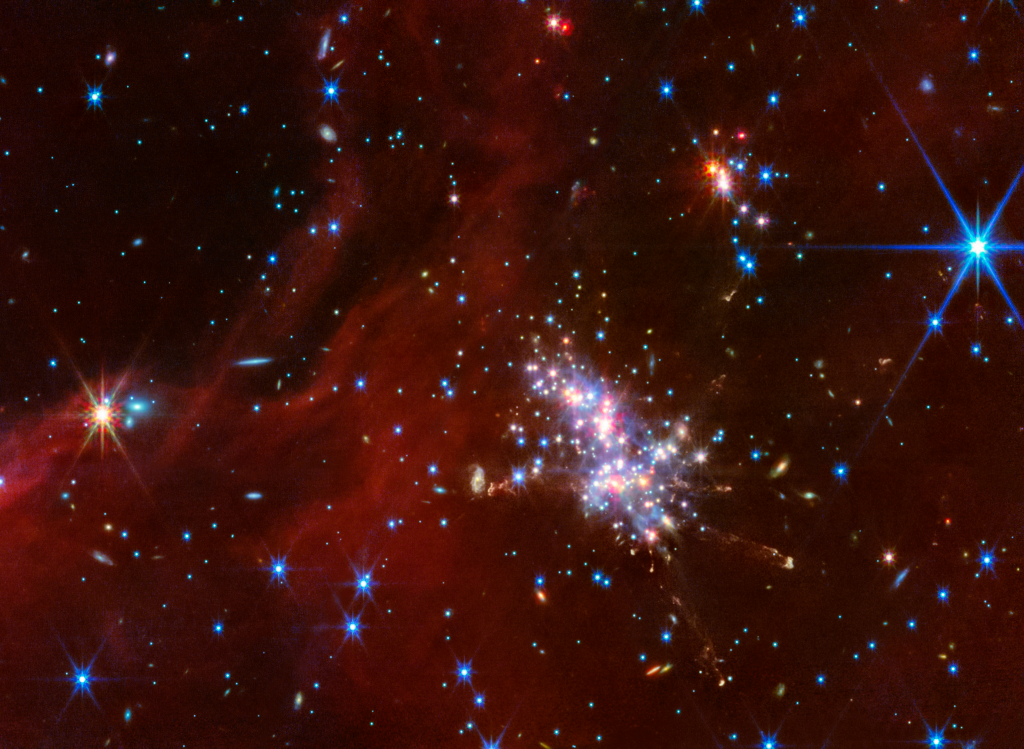
NASA’s Webb Peers into the Extreme Outer Galaxy - NASA Science
Astronomers have directed NASA’s James Webb Space Telescope to examine the outskirts of our Milky Way galaxy. Scientists call this region the Extreme Outer Galaxy due to its location more than 58,000 light-years away from the Galactic Center.science.nasa.gov
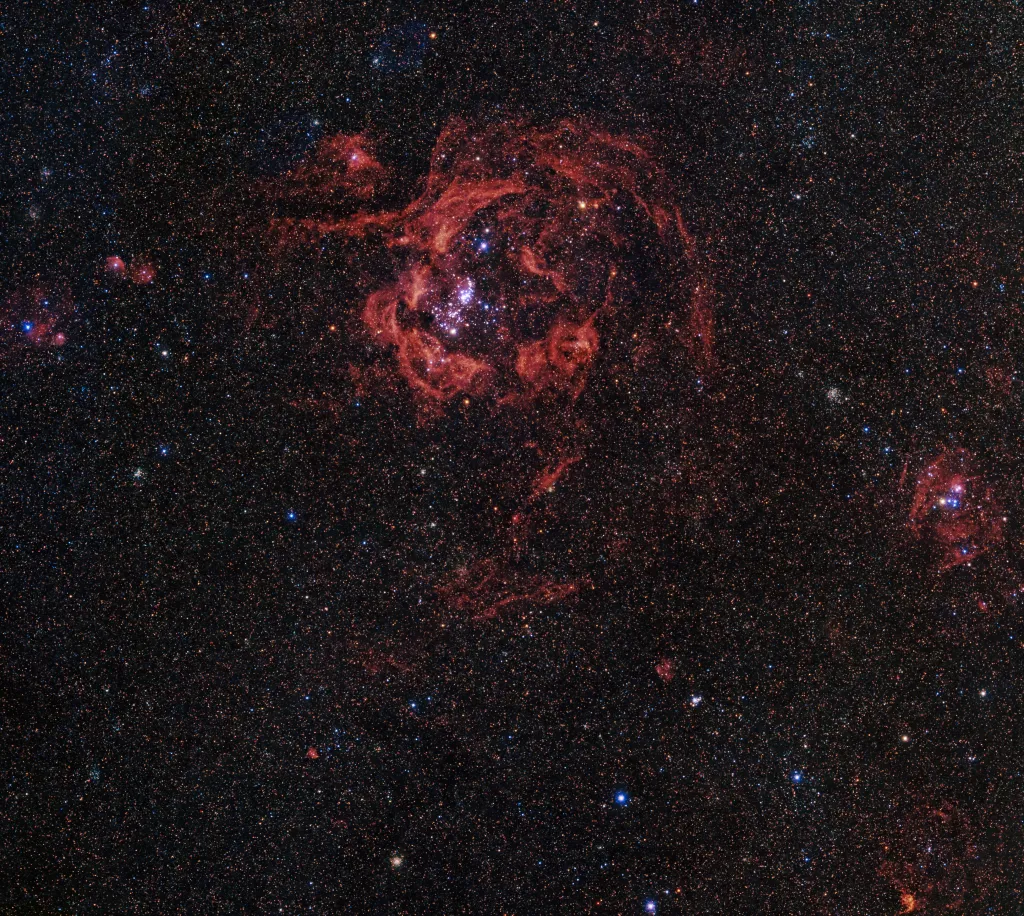
Hubble Zooms into the Rosy Tendrils of Andromeda - NASA Science
Clusters of stars set the interstellar medium ablaze in the Andromeda Galaxy about 2.5 million light-years away. Also known as M31, Andromeda is the Milky Way’s closest major galaxy.science.nasa.gov
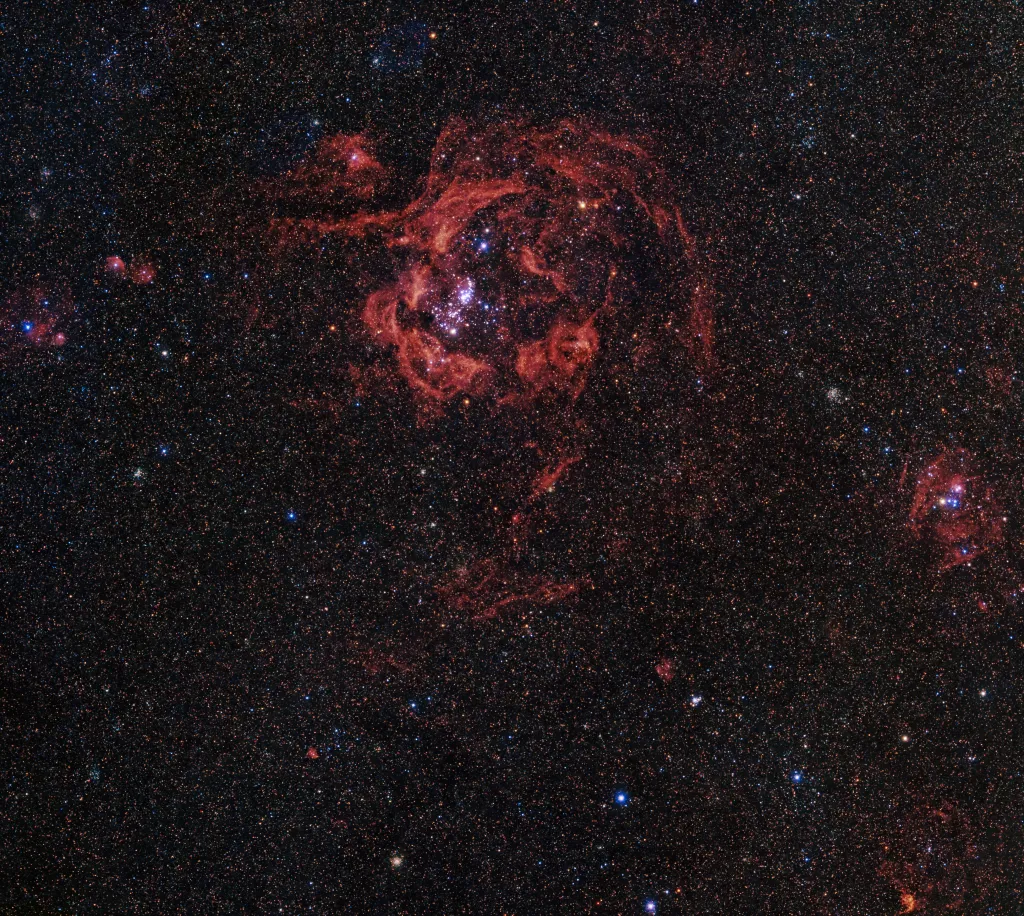
Hubble Zooms into the Rosy Tendrils of Andromeda - NASA Science
Clusters of stars set the interstellar medium ablaze in the Andromeda Galaxy about 2.5 million light-years away. Also known as M31, Andromeda is the Milky Way’s closest major galaxy.science.nasa.gov
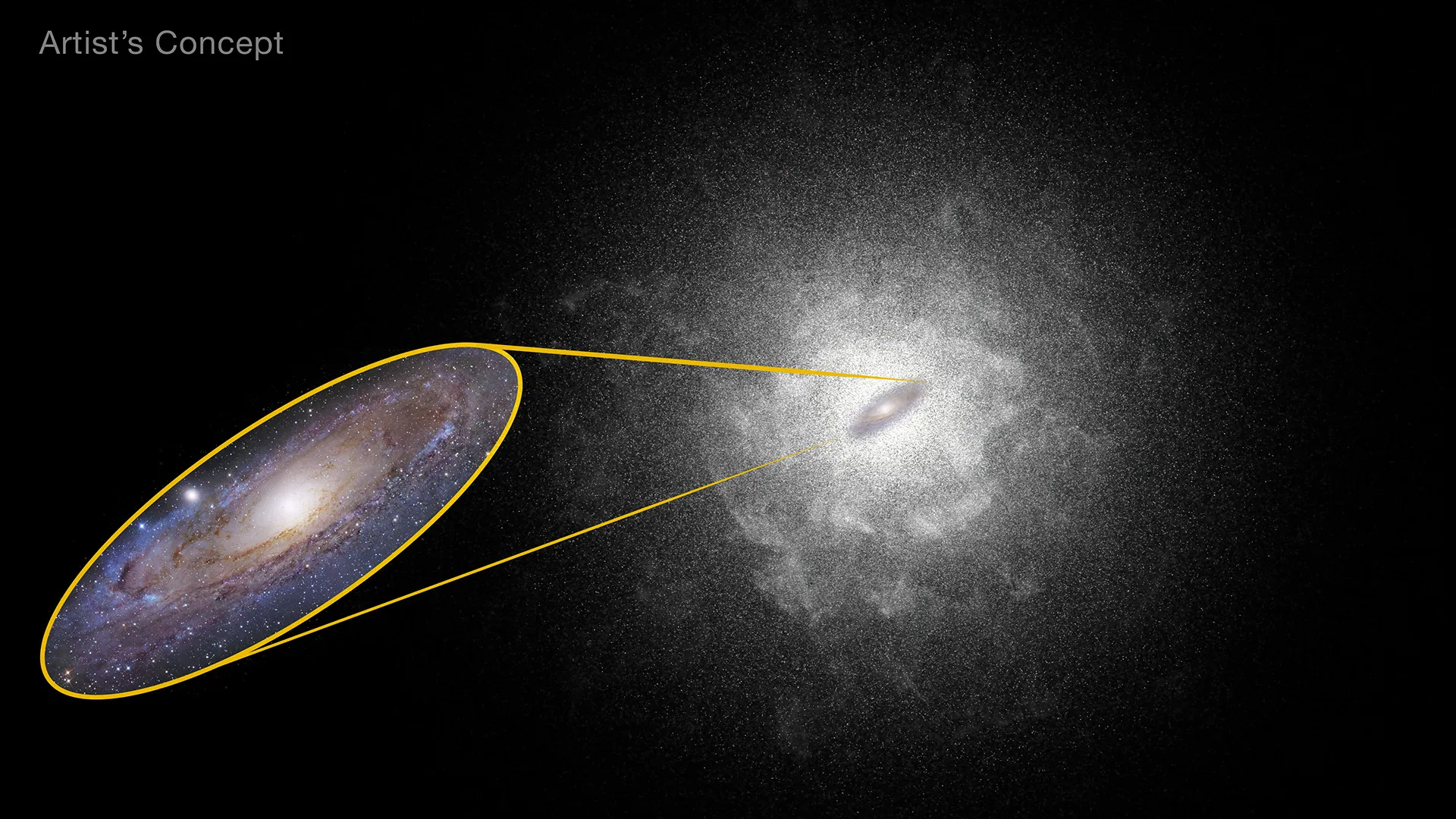
NASA's Roman Space Telescope to Investigate Galactic Fossils - NASA
The universe is a dynamic, ever-changing place where galaxies are dancing, merging together, and shifting appearance. Unfortunately, because these changesAshley Balzer (NASA)
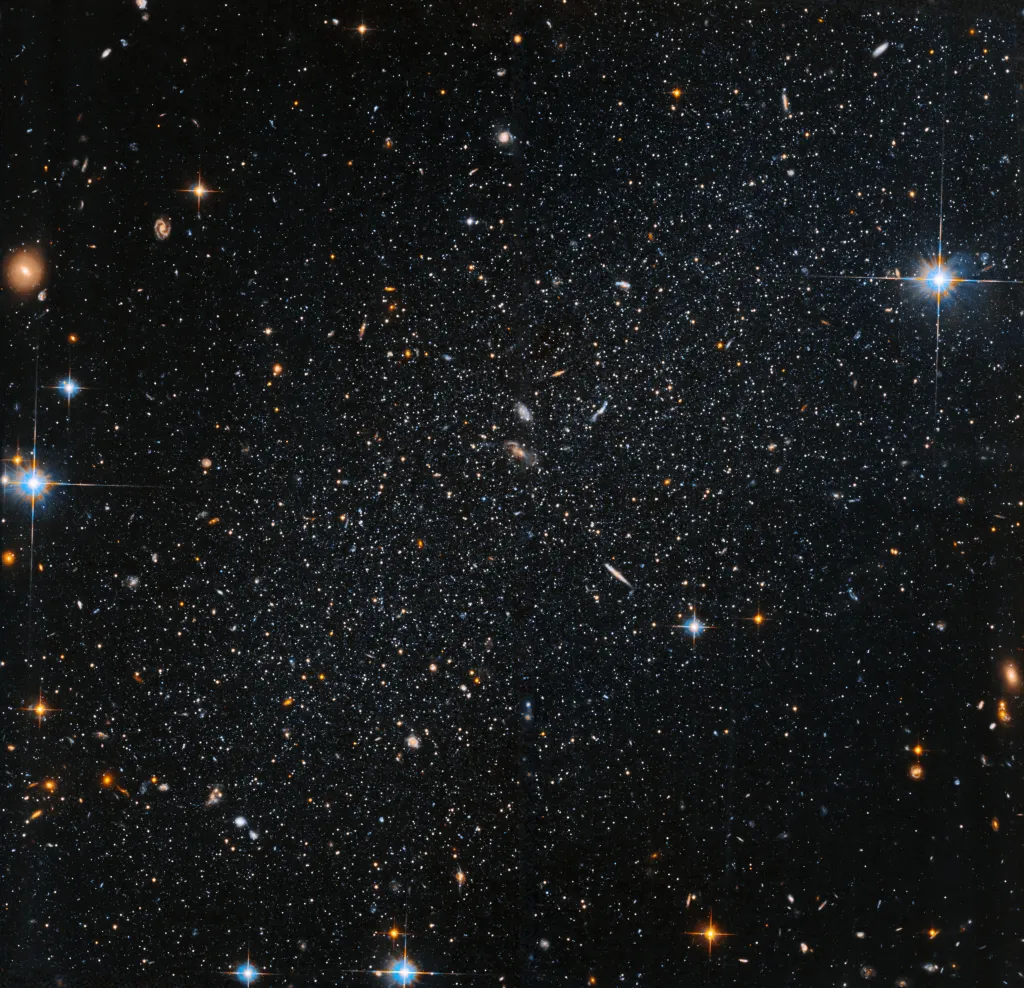
Hubble Observes An Oddly Organized Satellite - NASA Science
Andromeda III is one of at least 13 dwarf satellite galaxies in orbit around the Andromeda galaxy, or Messier 31, the Milky Way’s closest grand spiral galactic neighbor.science.nasa.gov
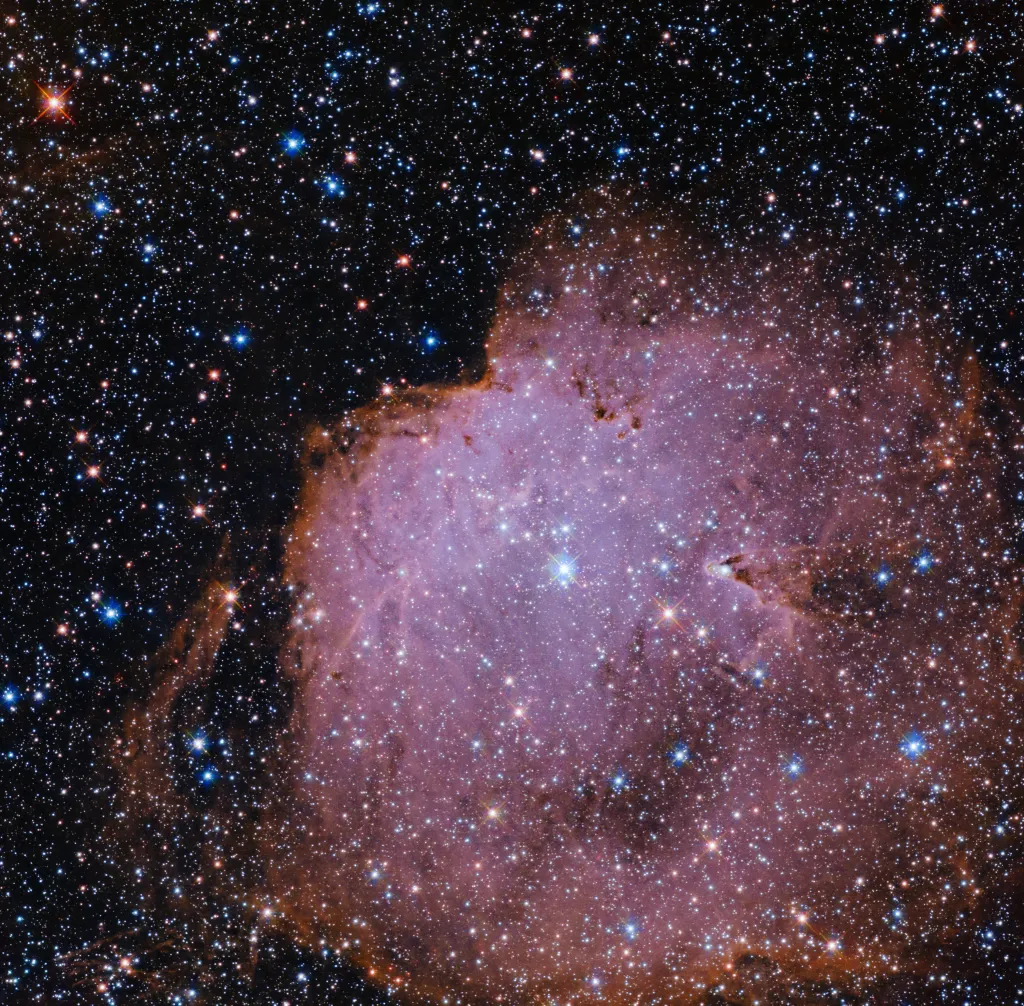
Hubble Traces Star Formation in a Nearby Nebula - NASA Science
NGC 261 blooms a brilliant ruby red against a myriad of stars in this new image from NASA’s Hubble Space Telescope. Discovered on Sept.science.nasa.gov
Hubble Traces Star Formation in a Nearby Nebula - NASA Science
NGC 261 blooms a brilliant ruby red against a myriad of stars in this new image from NASA’s Hubble Space Telescope. Discovered on Sept.science.nasa.gov
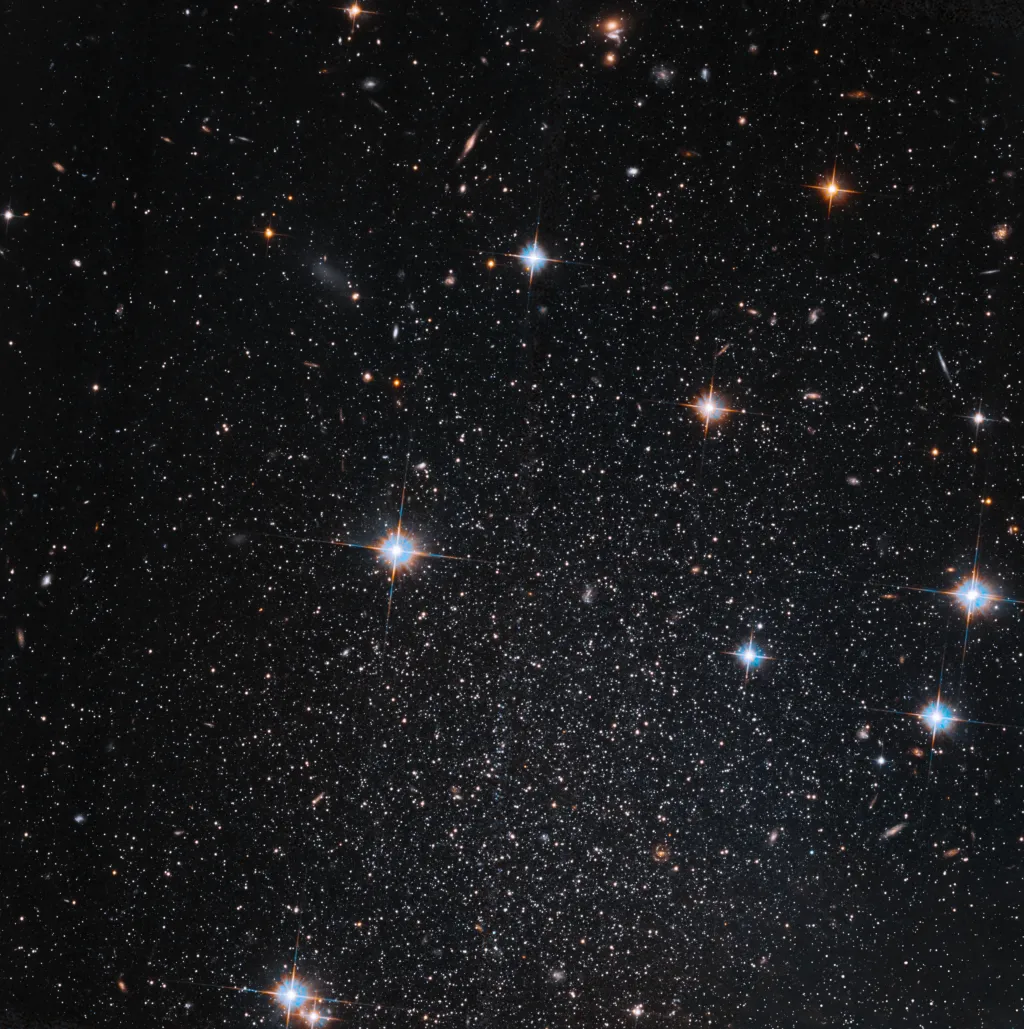
Hubble Pinpoints a Dim, Starry Mini-galaxy - NASA Science
A glittering collection of stars shines against a background of much more distant galaxies in this view from NASA’s Hubble Space Telescope of the Pegasus Dwarf spheroidal galaxy, also known as Andromeda VI.science.nasa.gov
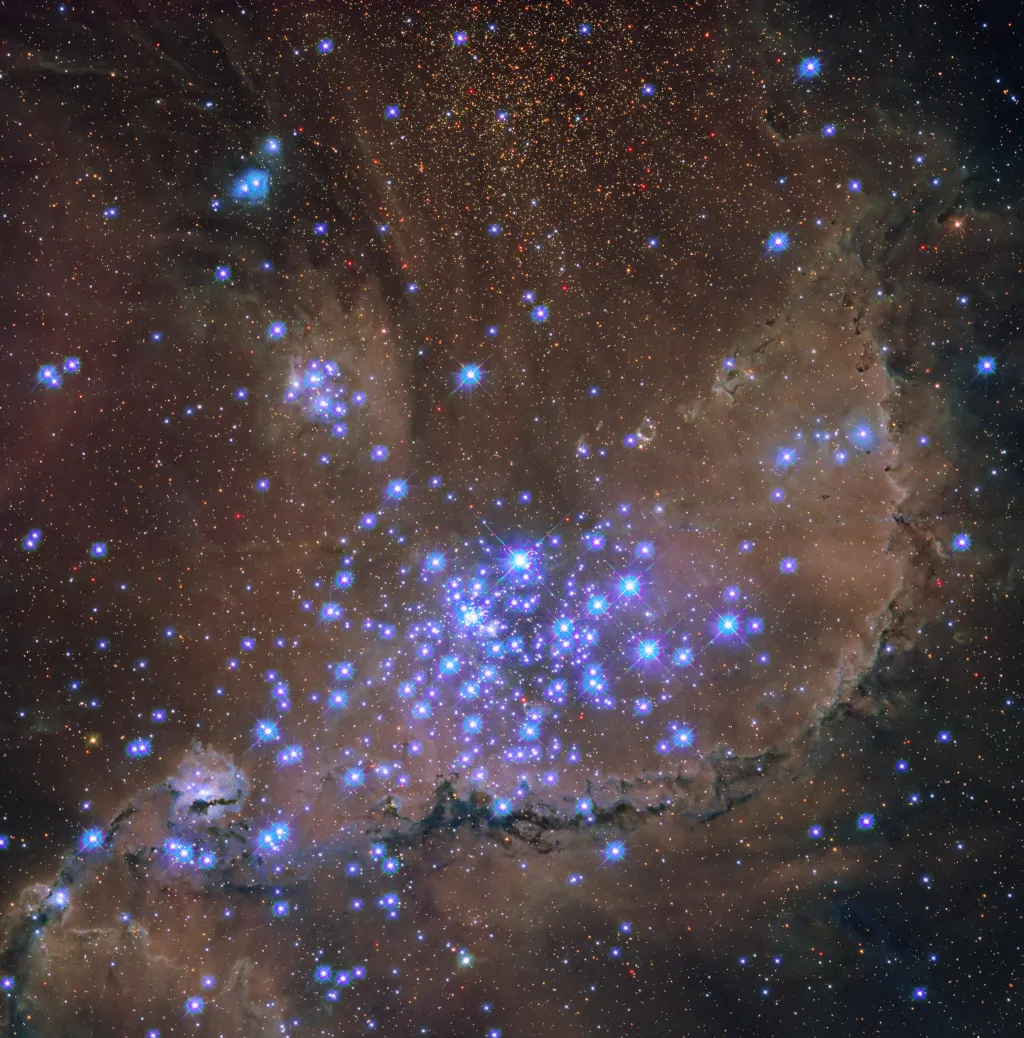
Hubble Captures Unique Ultraviolet View of a Spectacular Star Cluster - NASA Science
Roughly 210,000 light-years away, the Small Magellanic Cloud (SMC) is one of our Milky Way galaxy’s closest neighbors. In fact, this small galaxy is one of the Milky Way’s “satellite” galaxies, which orbit our home spiral galaxy.science.nasa.gov
